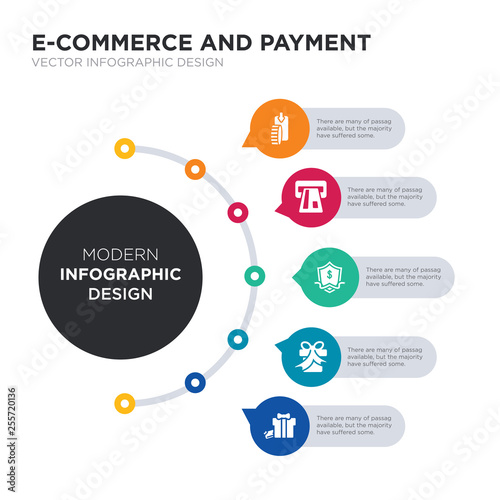Engraved glass awards stimulate an unwavering spirit of devotion and quality. They cultivate a society of acknowledgment that goes beyond hierarchical limits.
Wheel inscription is presented on a goblet likely made in the 1700s covered with complex Chinese-style concepts. These motifs announced loyalty to the Jacobite reason. This is an impressive example of how imported Oriental products influenced European style patterns.
Beginnings
As glassmaking came to be more sophisticated, engravers knew that a layout included in an item of glass transformed it from functional into desirable. They explore a selection of damaging, abrading and reducing techniques.
The most competent engravers created great in-depth job. Anna Roemers Visscher, that was a glass cutter and engraver, was renowned for her fragile blossoms, motivated by the nature books popular in her time.
Engravers also carved fine linework into glass. By the end of the 17th century, engravers had begun to abandon direct clearness in favour of crosshatched chiaroscuro impacts. One of the earliest examples is taped on a container by a Rotterdam engraver that authorized his deal with a doodled flexibility and vigour that raised it over the remainder.
Etching remained to be a prominent method, although it was progressively overshadowed by cut glass and brand-new methods such as etching, which was more affordable than etching. Nevertheless, economic pressures after c1905, along with declining high quality of cut glass, saw an increase in the popularity of engraved glass, known as rock crystal.
Techniques
Glassmakers used a variety of techniques to mark or embellish the surface of a vessel, typically integrating different techniques. One technique called stipple engraving, for example, uses a factor of tungsten or ruby to make small dots on the glass surface area which develop contrasting white lines when light sparkles via them.
Personalized glass honors are treasured for their sophistication and stature. They mirror the deep esteem and regard that firms hold for their staff members and cultivate a society of excellence.
The translucency of glass symbolizes the transparency and honesty of business recognition, encouraging recipients to take stock of their achievements and reflect on their journey in the organization. Moreover, the capacity of personalized glass to show tailored message and imagery permits the production of very special and significant awards that evoke the sense of majesty associated with this impressive product.
Designs
From the smooth lines of corporate awards to the engraved message on glass trophies, etched crystal is a stylish symbol of recognition. Whether presented on someone's workdesk or kept as a memento, these tailored pieces convey a sense of stature and expertise that is tough to discover in other products.
The style of engraved glass has actually altered over time to mirror altering tastes and technical developments. The ancient technique here of copper-wheel inscription has opposed forecasts of obsolescence, and new strategies like etching are taking control of where stippling once held sway.
The earliest diamond-point inscription, of the 16th century, is rigid and formal. It progressively ended up being more flexible and pleasing, but could easily deteriorate into over-elaboration. In the 19th century Thomas Webb & Sons introduced "rock crystal" with deep cutting and copper-wheel inscription, which imitated deluxe vessels cut of rock crystal in Europe and the Orient (see Ewer by Webb & Sons). The firm's principal engravers were Bohemian immigrants Frederick Engelbert Kny and William Fritsche, that signed their collaborate with a monogram G.
Meaning
Personalized glass was expensive and searched for. This was since it entailed the most requiring glass refining method and depended on the accuracy and effort of a knowledgeable craftsman. The acme of etching can be found in the 17th century and was quite a part of the Baroque and Rococo periods.
Throughout this time, personalized goblets could be utilized to communicate messages of social condition. They would show family crests and political loyalties. They could likewise show off one's preference for the latest style and design patterns.
Today, personalized glass is still an essential art kind. Nevertheless, breakthroughs in innovation and laser modern technology have streamlined the procedure and made it much more exact. The resulting intricate styles are both stunning and long lasting. Moreover, new types of glass have been established to respond far better to lasers. This has broadened the possibilities for musicians and developers. It likewise decreases the environmental effect of the procedure. For example, optical crystal is a superb choice for engraved honors because it is clear and shows light well.
